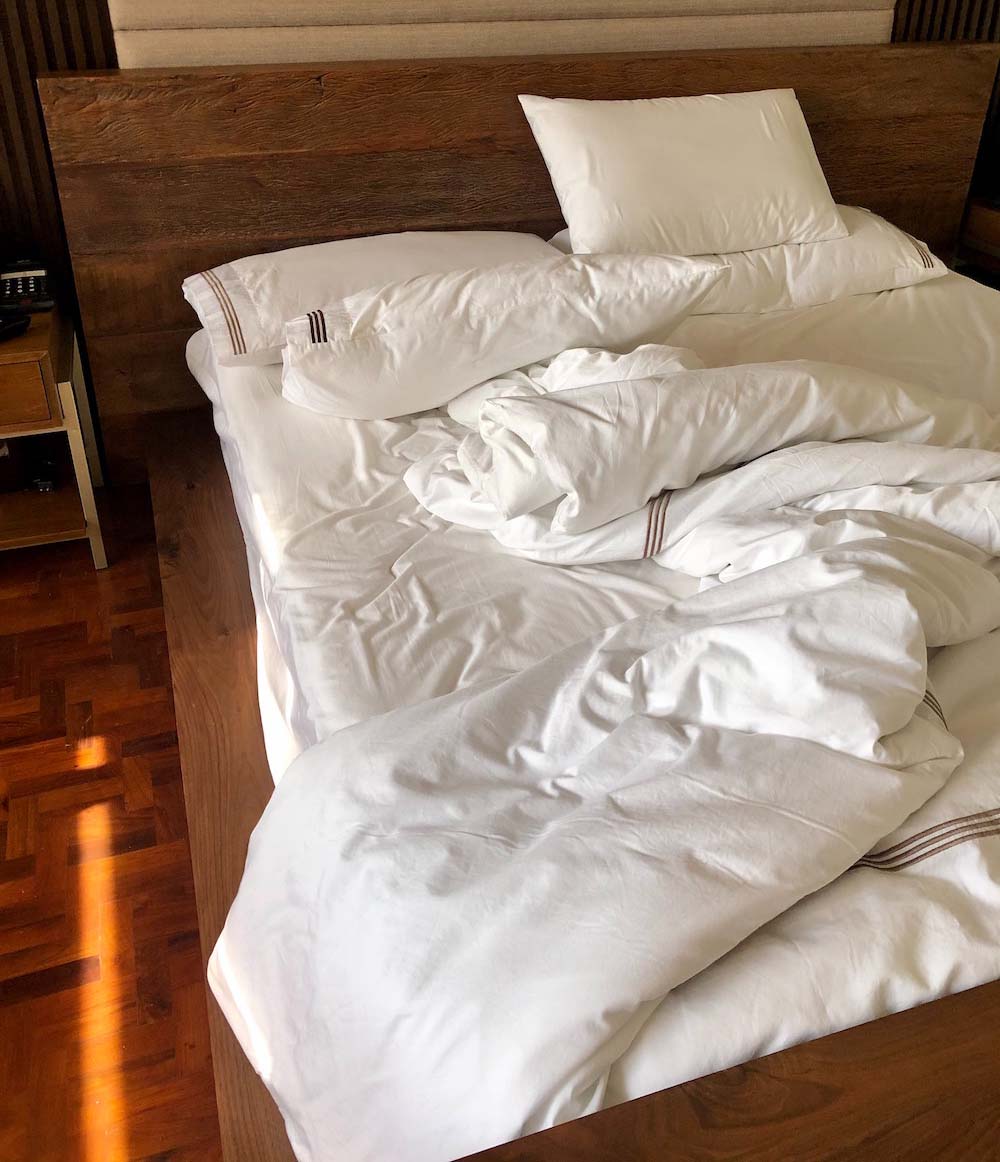“If you have only one smile in you, give it to the people you love. Don’t be surly at home, then go out in the street and start grinning ‘Good morning’ at total strangers.” – Maya Angelou
Smiling is a strangely brilliant thing. Communicating happiness, friendship, understanding, comradery. A stop off from laughter that changes a person’s face and can make someone else’s day. And often, we smile to be polite. To people we meet as an introduction of ‘hello, I’m not a bitch’, even though you might be. To people working on trains and in shops, the waiter who brings you food and the person who makes your coffee. To show gratitude and sympathy. Smiling people are generally considered the friendlier, politer and more approachable people out there in the world.
But we can fake it. A smile to the boss you don’t really like, to the neighbour with the yappy dog or to the customer you’d rather wallop over the head. Smiles can deceive, but we do it, because its polite.
Generally speaking, humans are good at telling the difference between real smiles and fake ones, getting it right roughly 60% of the time. And why would we want someone to smile at us if they didn’t mean it? When someone’s having a rough day, do we really expect them to smile?
Well, if they’re a woman, then yes.
Gender Double Standards
We know what double standards are,
“any code or set of principles containing different provisions for one group of people than for another.
When it comes to gender, these double standards crop up all over the place, usually in regard to sexual freedom, virginity, marriage and dating life in general.
But also, in less obvious behavioural aspects, with smiling being a leading culprit. It’s a strange phenomenon that most women experience at some point in our lives.
‘Smile’ or ‘I bet you look you pretty if you smile’. And plenty of other variations we’ve all heard at least once.
Some of us, from strange men out the world, but also, from our own friends and loved ones. With the expectation that in the workplace or when talking to people, women should always be friendly and polite.
In her study ‘Nonverbal Sex Differences: Communication Accuracy and Expressive Style’ (catchy title), Judith A Hall explained how women tend to have a better understanding when it comes to non-verbal cues, and that we laugh and smile more, usually being more emotionally expressive than men. In one study by Dr Nancy Henley, she found that women smile in 87% of social encounters, whereas men only smile 67% of the time.
But this is a difference that we don’t really seem to acknowledge. Men are not expected to smile, be approachable and friendly. Women are. We’re expected to be agreeable.
Think of the backlash women in the media get when they aren’t often seen smiling, and how nobody raises an eyelid when men don’t. There was even a study done that shows how telling a woman to smile in the workplace can be bad or business, as well as being plain sexist.
So Why Do We Expect Women to Smile?
It stems from the need to present a more appeasing front. From the bygone days when we needed to catch ourselves a husband and be pretty, submissive and appealing to do so. To make others in our life, men and women, feel at ease and comfortable with us, to be the happy social point in the room.
But that’s not our job.
News Flash: Women aren’t always friendly. We aren’t always happy, we aren’t always sociable, sometimes, our RBF matches our insides. We don’t all care if strangers think we’re mean or rude and we don’t want to use our smiles at people when we don’t mean them. A lack of a smile does not equal misery.
“We are sometimes dragged into a pit of unhappiness by someone else’s opinion that we do not look happy.” – Mokokoma Mokhonoana
But within this standard exists another double standard. Women don’t smile enough, or we smile too much. We’re too bubbly, too friendly, naive and innocent. Or the opposite. It’s a difficult thing to navigate, especially in situations like the workplace, where you don’t want to risk your employment, or when you feel unsafe out in the street.
As human beings are all individuals, so are our attitudes.
“a woman is just as much an ordinary human being as a man, with the same individual preferences, and with just as much right to the tastes and preferences of an individual.” – Dorothy L Sayers
Women are aggressive, anti-social, professional, so we don’t want to smile at you.
Women are friendly, warm, caring, so we might just smile at you.
We’ll smile to a friend, and when a good joke is told. We’ll smile at a loved one if and when we feel like it. Maybe, we smile when someone falls over because lets face it, that always a little bit funny. We smile at a really good piece of cake, a nice pair of shoes, a picture of a cat; at our pride towards our newly assembled Ikea furniture we did without any assistance.
Smiling should be about emotion, not expectation. We do not exist to gratify other people.





